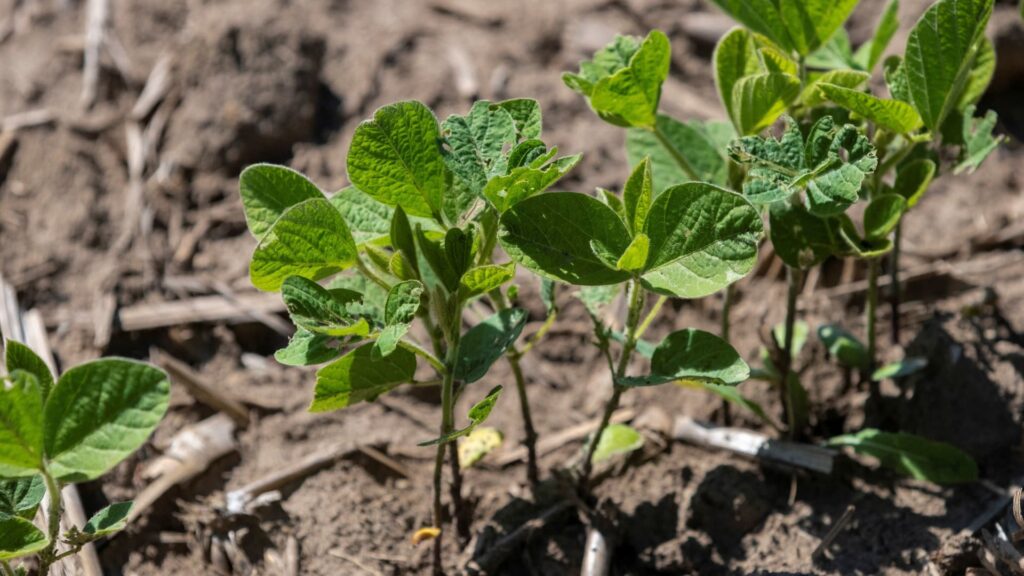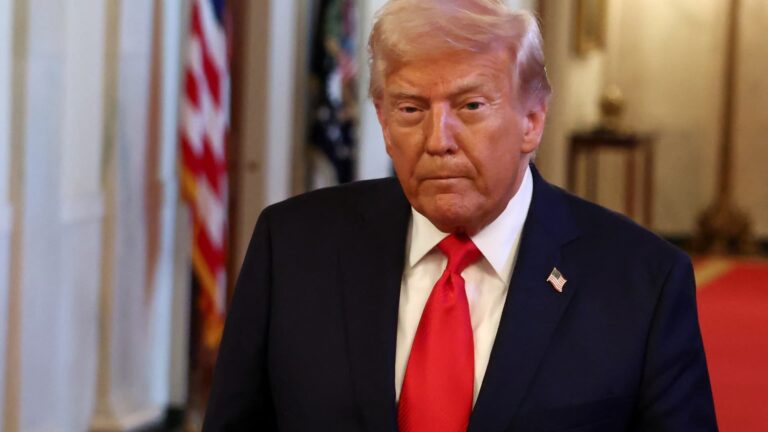Soybean exports are still at risk despite tariffs, Wales Fargo warns

Although the Trump administration has declared some temporary tariff relief, according to Wales Fargo, its latest growth with China may still pose a risk for the agriculture sector. Analyst Richard Garchitena wrote in a note on 10 April, “We continue to see Soybean as a crop at the most risk from China’s retaliatory tariffs,” was written in a note on 10 April. This is because China was a leading export market for more than 52%for US soybean exports in 2024. Conversely, corn has a slight effect, he said, given that China had made more than 2% of all American corn exports last year. Despite the levies, the soybean futures are more than 5% as President Donald Trump last week dropped his steep “mutual” tariff rates for most countries to 10% for 90 days. @S.1 Mountain 2025-04-09 Soybean futures may be lower from April 9, 2025, though. Trump also increased his levy by 125%on Chinese imports this month, causing the total US tariff to 145%on China. Earlier this week, the White House said that China is now facing a total tariff of up to 245% on select goods. China responded with its own retaliatory measures, increasing its duties on American imports to 84% to 125%. To offset the impact of these tariffs, Garchitorina thinks that the government can trick the subsidy, with the federal government seeing the help of American farmers as a “possibility”. This week, the White House said that it is giving some help to the farmers, similar to Trump’s first term, when that administration offered relief to the Arabs hurt by the US-China trade war that began in 2018. Back in 2019, the Department of Agriculture announced a bail of $ 16 billion, which came to the top of the $ 12 billion emergency assistance scheme for farmers, which was already known. White House press secretary Karolin Lewitt said during a press briefing on Tuesday, “Relief is being considered.” “Agriculture Secretary, I know, talked to the President about that, and again, it is being considered.” Before reducing trade tension between the two countries, the USDA estimated that direct government farm payment would be $ 42.4 billion in 2025, an increase of $ 33.1 billion from the previous year. But this projection “puts the size of any additional aid package in question,” Garchitorina said. This comes when farmers are expressing concern that tariffs can hurt their already weak fields. The Perduce University/CME Group AG EG Economy Barometer Reading for March suggests that US AG exports will fall in the next five years. Beyond soybean, to ensure, Garchitorina estimates that the tariff effect on the AG region is “limited” than other industries. In fact, machinery manufacturers have become adapted to changes since Agco and CNH industrial. After temporarily preventing shipments earlier this month due to tariffs, the two names confirmed the CNBC that they have resumed the shipment after the announcement of the 90-day tariff stagnation. Additionally, Garchitorena nominated Corteva as a top pick, which is the “minimum” China exposure. The AG company shares have increased more than 3% in the last week and more than 5% this year, both AGCOs and CNHs along with CNH have beaten S&P 500. However, with a possible hit for soybean exports, analysts say tariffs on China may increase the cost for raw materials. He said, “We see tariffs on sugar imports, which potentially affect raw materials from China, until they can find alternative sources of supply, the cost of driving is high,” he also wrote. It may apply to Philadelphia-based chemical manufacturing company FMC, revealing that it mainly significantly significantly important intermediate and China is sources prepared from India. The company said in a regulatory filing, “There is considerable uncertainty around trade relations between the US and business partners.” “Such changes can adversely affect our business.” While FMC shares have increased by over 4% in the last week, the stock has exceeded 11% amid increased tariff uncertainty in the last month.



